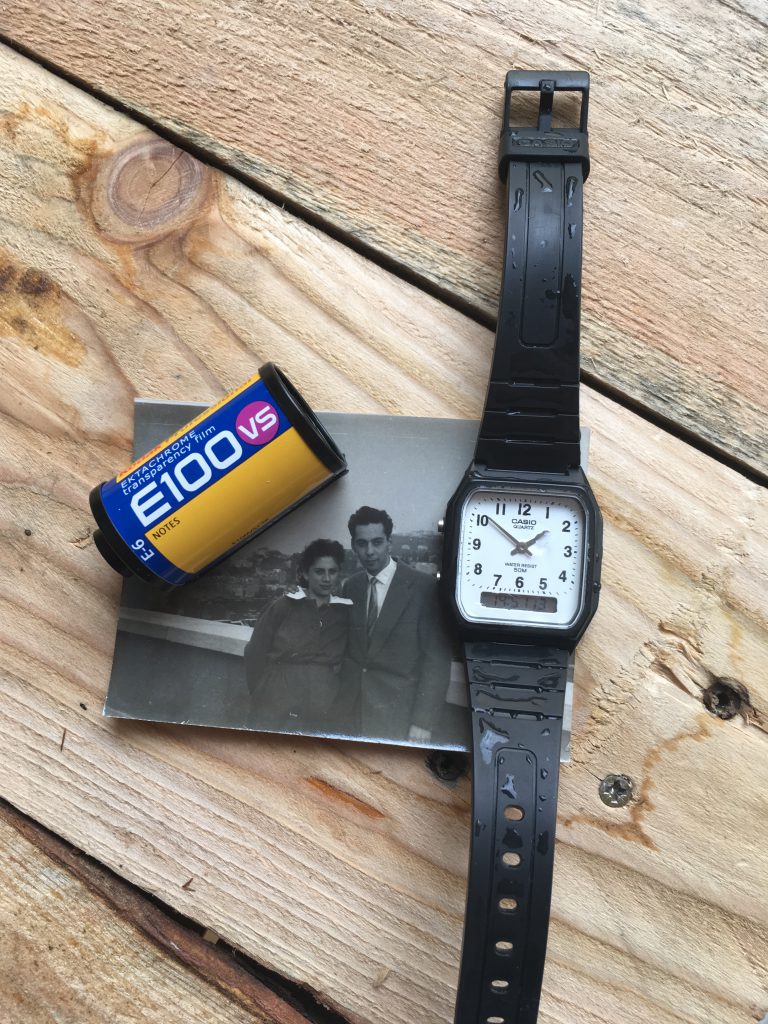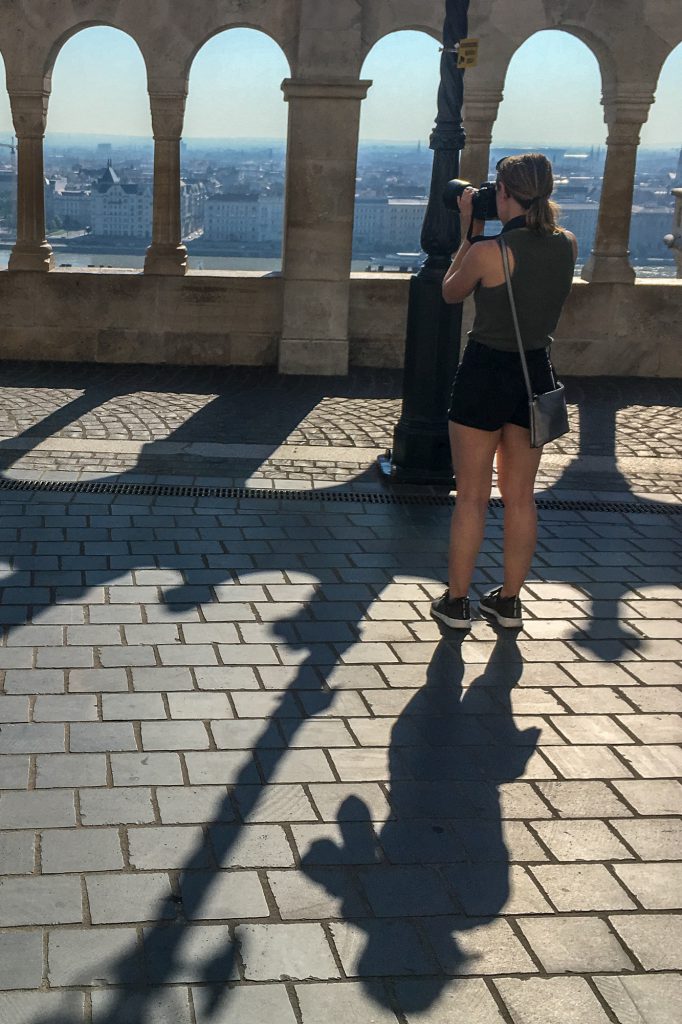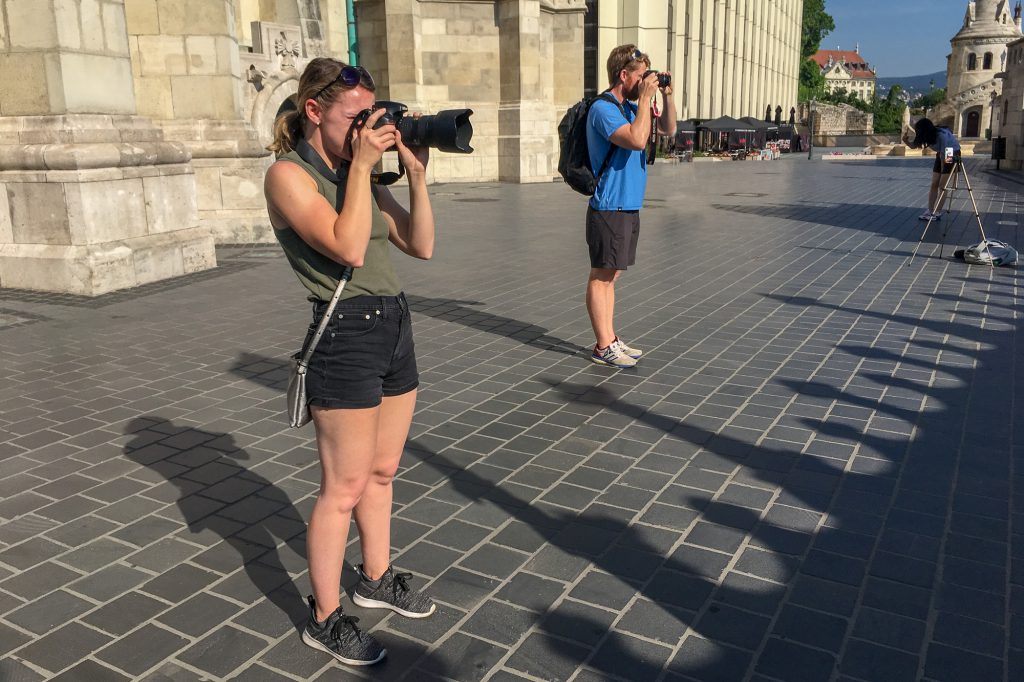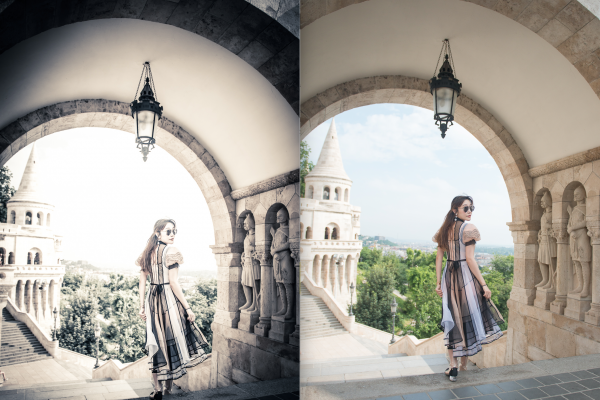You took a series of nice pictures during our photo walk in Budapest, right. You are satisfied with them. OK, but what if nice pictures could be transformed into really great images? It’s easy to do, believe me.
How to shift nice photos to great images?
Few years ago, I used to work on a blog about post-production, i.e. after-shot duty on images. Unfortunately, all of those posts were lost during a web site conversion. Yesterday, I spent a couple of hours with teaching post-production workflow in Lightroom to one of my guests and it was a really good inspiration to me. It would have been so simple to send him a link to those old posts as a reminder of our quick lesson. Now, I decided to recall and reproduce this topic and integrate it into Budapest Photo Walks blog. Thanks, Massoud, for the idea!
Understanding why post-production is important

My parents and the analog times. Even the rain was different.
It’s easier to admit the importance of the post-production if I remind you to the good old analog times: Then the exposure was burnt on a film that had to be developed, most probably in a professional photo lab. Imagine that the job is quite similar with digital photos but the lab is now on your desk. In your computer. The industry also calls the digital process ‘RAW-developing’ and the archived files ‘digital negativ’ (DNG).
Film and film development and blow-up on photo paper, or slide mount were an expensive and time consuming game so everybody had to think twice before shooting. Now, in the digital era, it seems to be easy to shoot and shoot and shoot and the worst case scenario is that you don’t use them at all and all this is basically for free of charge. The result is immediately visible. Tons of pictures. And this is the first challenge:
Will you remember

Will you remember this photo 5 years from now?
the picture you took in front of the Fishermen’s bastion, the panorama of the Danube through a neogothic arch on your Budapest photo tour five years from now? Will you find it among the dozens and hundreds of pictures you took those days? Even if you didn’t delete it accidentally which sometimes arrives to many people. Storing, filing, cataloguizing, archiving – it’s a new kind of job in digital photography. Part of the post-production process, and it’s a must, believe me. Challenge number 2:
Will you still like
the photo you took five years from now, or you would prefer to modify it a little bit: lighter or darker? More contrast, less colours, sharper outlines, different cropping, who knows? In digital post-production, you have the freedom to generate a completely new look to your photos. Next question:
Will you show
all of your photos to anybody five years from now? Maybe you will have a new girlfriend or boyfriend, not that one who was the protagonist of your photo tour that time. Set up new collections in a fast and easy way, send the proper selections to whom you want, or post them on your different social media sites.

An early morning session before the tourists get up
And the list of advantages is far from being complete: You don’t need to make notes on where exactly your photos were made, it’s enough to check the data on your file; also, you don’t have to make notes on what exposure value you used, these are registered in the file as well; you can set up a complete photo book easily, etc.
I hope I could convince you that digital post-production provides you with a wide range of opportunities that it’s worth taking. Follow this part of my blog with using the word ‘post-production’ in the search panel. I am going to give information about how to proceed after your Budapest photo tour and how to get much higher with your pictures of any kind. Not only travel photos but portraits, nature, landscapes, etc.
To be continued.
